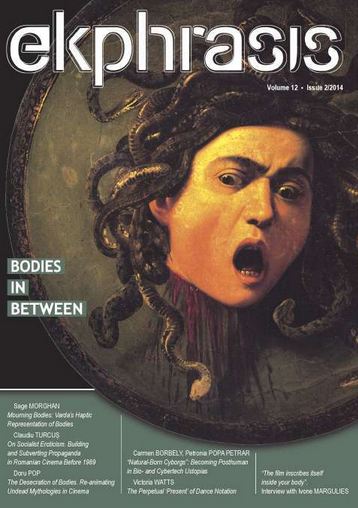The Perpetual ‘Present’ of Dance Notation
The Perpetual ‘Present’ of Dance Notation
Author(s): Victoria WattsPublished by: Universitatea Babeş-Bolyai, Facultatea de Teatru si Televiziune
Keywords: Dance notation; embodiment; cultural phenomenology
Summary/Abstract: Dance notation systems disclose information about the historically located experience of moving while at the same time necessitating that understanding of the moving body be accessed through the very particularities of the reader’s/ dancer’s own contemporary body. Practices of dance notation—graphic, iconic, symbolic documentations of dance and movement—date back to the 15th century in Europe. Most commonly their history has been conceptualised as a quest for a viable, ‘universal’ system of documentation, regardless of the intention of the inventors. I argue instead that systems of dance notation are intimately connected to the visual and physical cultures of the time and place in which they were developed. Each system provides insight into the way its inventor and users conceptualized their experiences of the moving body. However, these systems do not represent the dance in a mimetic way. In spite of my expertise as a notator, using Benesh Movement Notation and Labanotation, I cannot ‘see’ he dance when I read a dance score. Rather, the notation serves as a visual technology through which embodiment is encoded and can be re-enacted. That is to say, dance notation does not primarily visualize how the body looks—visual markers of identity are absent from the score—but instead gives graphic form to the experience of moving. This encoding does not happen in the symbols themselves but through the interplay amongst the symbols and between the score and the reader/dancer. In this paper I explore the paradoxes of past/present, text/embodiment, and objectivity/subjectivity that animate research using dance notation systems.
Journal: Ekphrasis. Images, Cinema, Theory, Media
- Issue Year: 12/2014
- Issue No: 2
- Page Range: 180-199
- Page Count: 20

